In a landmark development that could reshape the Israeli-Palestinian conflict, Hamas has released the final 20 Israeli hostages it had been holding in Gaza. This comes as part of a broader ceasefire agreement that also includes the release of nearly 2,000 Palestinian prisoners by Israel. The move is being hailed as a significant step toward de-escalation after more than two years of intense conflict.
The Hostage Release
The 20 hostages, comprising both civilians and soldiers, were reunited with their families following a handover overseen by international observers. Many of these individuals were abducted during the October 2023 attacks, which targeted civilians at locations such as music festivals and rural communities. Among the released were security personnel who had stayed behind to protect others, as well as individuals recognized for their acts of heroism during the attacks. Families expressed immense relief and joy as loved ones returned home, some after nearly two years in captivity.
Prisoner Exchange
In a reciprocal gesture, Israel began releasing nearly 2,000 Palestinian prisoners. This group includes those arrested during the recent conflict as well as long-term prisoners convicted of violent acts. A portion of these prisoners were deported to Egypt under the terms of the agreement. The release has sparked celebrations across Gaza and the West Bank, while in Israel, some families of victims have voiced concern and distress over the decision.
Diplomatic Breakthrough
The ceasefire agreement was the result of intensive diplomatic negotiations and has been described by observers as a rare breakthrough in the region. It also involves a partial Israeli troop withdrawal from Gaza, further signaling an easing of hostilities. Leaders across the globe have acknowledged the significance of this development, emphasizing the importance of continued dialogue and cooperation to maintain the fragile peace.
Remaining Challenges
Despite the progress, key challenges remain. Israel has set a deadline for the return of the bodies of 28 hostages who were killed during the conflict, of which only a handful have been recovered. The process has been described as complex and sensitive, with families and advocacy groups pressing for accountability and closure.
Security concerns also persist, as the release of such a large number of prisoners requires careful monitoring to prevent potential unrest or violence. Political debates continue regarding the balance between humanitarian measures and national security priorities.
A Step Toward Stability
The exchange of hostages and prisoners represents a historic step in the search for peace between Israelis and Palestinians. While the ceasefire does not resolve the underlying tensions, it has created a window for dialogue and potential long-term stability.
Communities on both sides of the conflict have expressed cautious optimism, with families reunited and celebrations marking the return of loved ones. Humanitarian organizations have called for sustained efforts to support affected populations and to ensure that peace efforts continue in a structured and safe manner.
Conclusion
The release of the final hostages and the reciprocal freeing of Palestinian prisoners mark a turning point in a conflict that has caused immense suffering on both sides. While challenges remain, this development demonstrates the power of diplomacy and negotiation in achieving humanitarian outcomes and reducing violence. The international community remains vigilant, hoping that this breakthrough will pave the way for a more peaceful and stable future in the region.

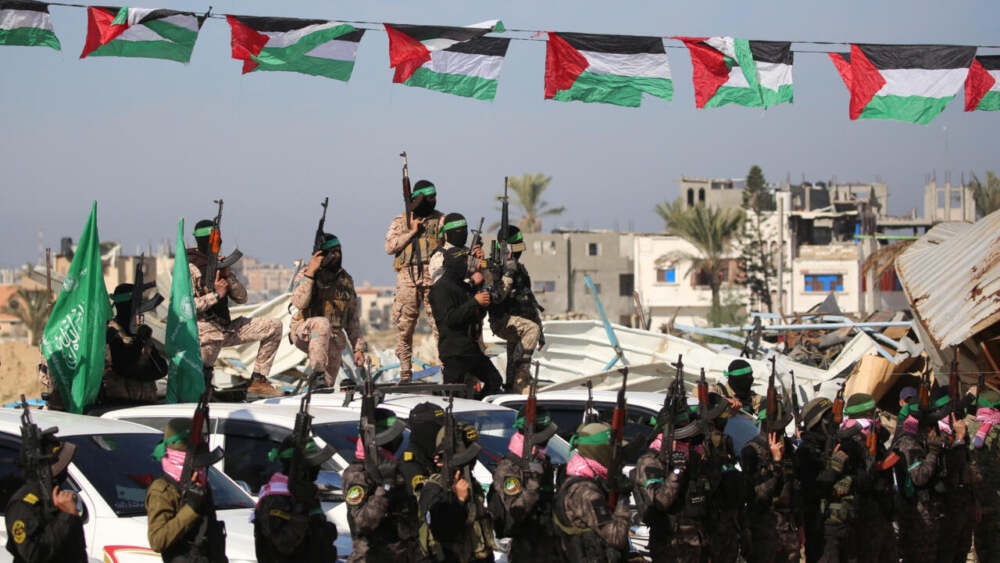

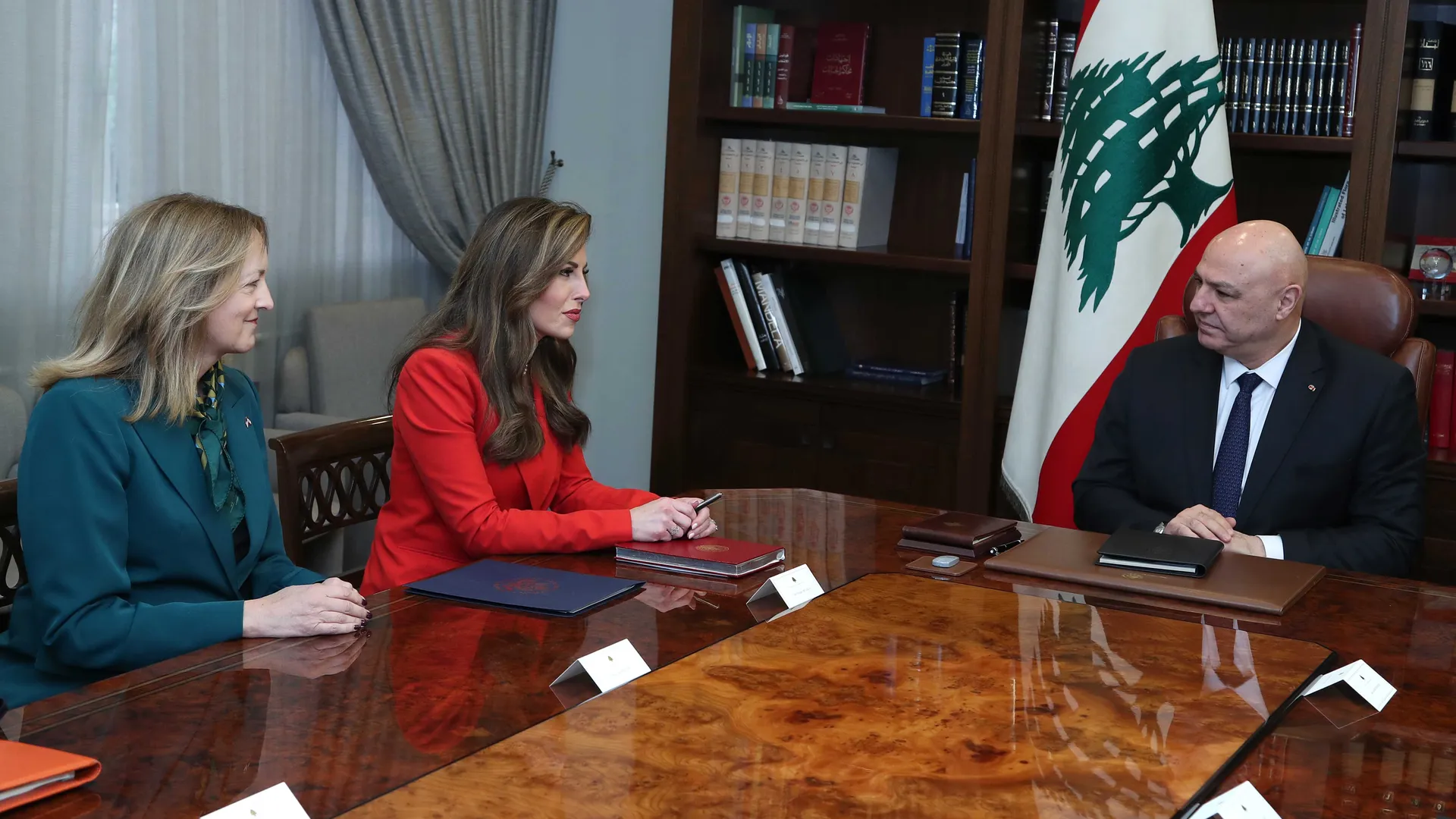


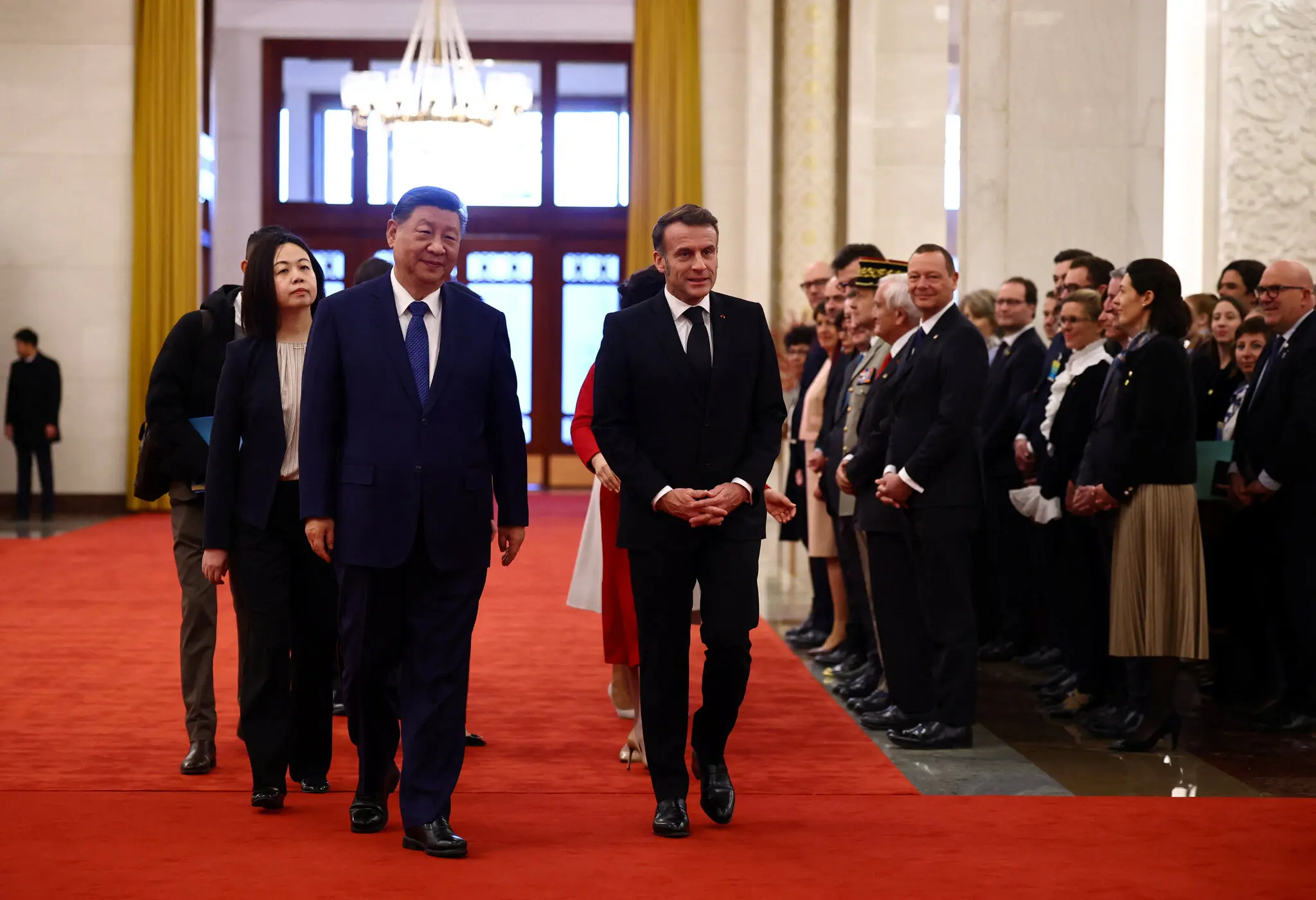

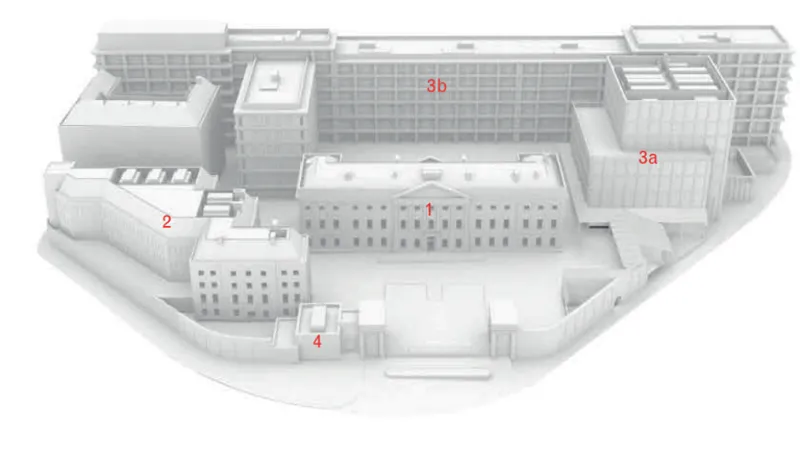


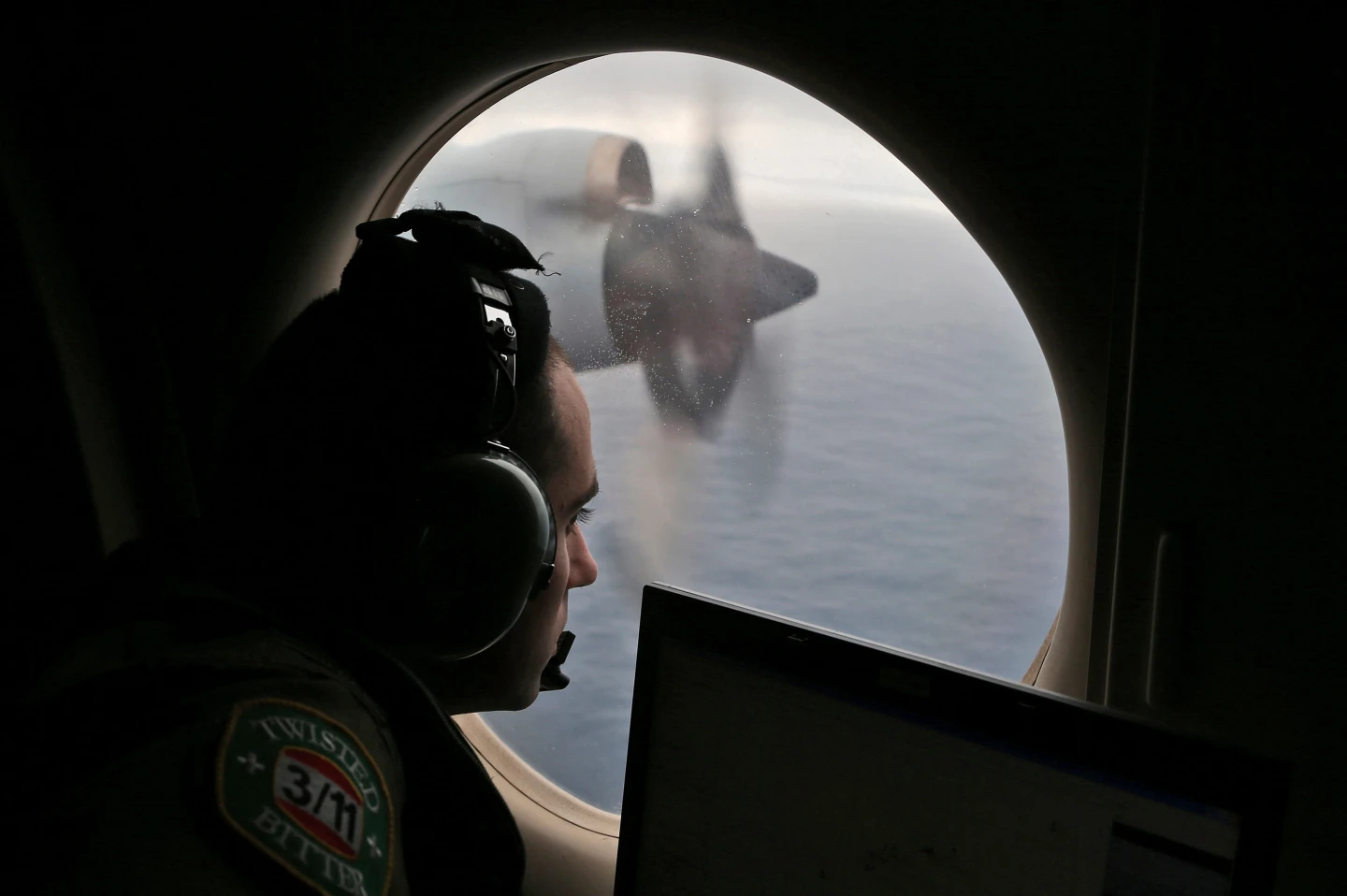



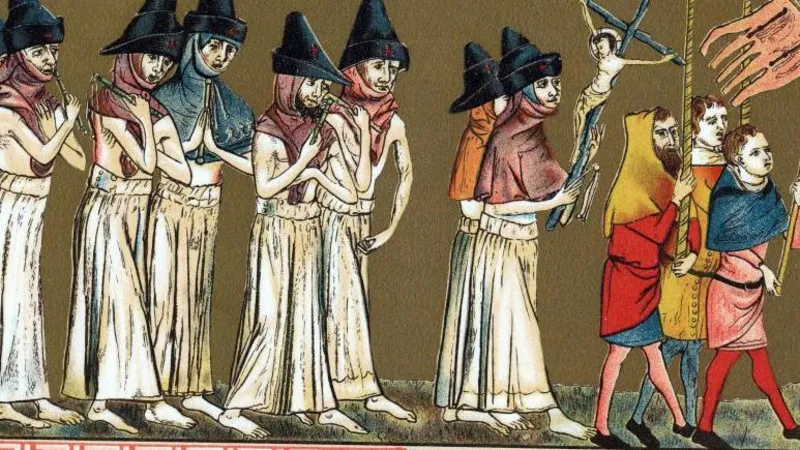
Leave a Reply